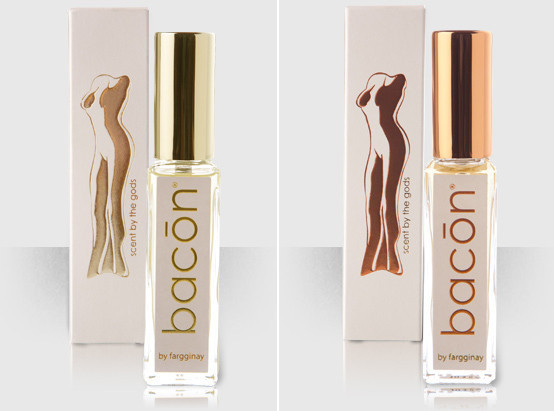Today marks the
one-year anniversary of the BP oil spill, and caps a very tough year for Gulf fishermen. Many are still
struggling to stay in business while being dogged by lingering consumer doubt over the safety of the very seafood they're harvesting.Images of
dead dolphins and sea turtles that washed ashore earlier this month fueled concerns over just where the estimate 200 million gallons of crude oil and 1.8 million gallons of dispersants ended up. In the meantime, plenty of Gulf residents continue to harbor anger over the spill. At BP's annual meeting last week, protesters, including Gulf fishermen, rallied to be heard.Bryon Encalade, president of the Louisiana Oystermen Association, told
The Guardian, "We've not been made whole: our fishing grounds have been depleted, our oysters are dead and we're not receiving the funds we need to support and sustain ourselves. We're seeing money going everywhere but at ground zero."And, one year later, long-term effects of the oil spill are still unclear.
"We have yet to understand the magnitude of the impact," renowned oceanographer Sylvia Earle tells the
Houston Chronicle, adding that it can take several decades to understand the impact of the catastrophe on wild populations.Just yesterday,
NOAA announced that commercial and recreational fishing in all 1,041 miles of the Gulf immediately surrounding the Deepwater Horizon wellhead has been reopened. Despite the announcement, concerns over seafood safety continues to be on the mind of the public. NOAA and other federal and state agencies have been continuously testing seafood for contaminants in an effort to reassure consumers that all Gulf seafood sent to market is 100 percent safe, but conveying that message to the public
hasn't been easy.New programs surrounding Gulf seafood are also being launched, including Alabama's "
Serve the Gulf" campaign, released to coincide with the anniversary of the Deepwater Horizon blast. Their message is one echoed by other Gulf states -- that all seafood being pulled from the Gulf of Mexico is thoroughly tested for oil and dispersants and is safe for consumption. The program is also trying to convey the economic importance of local fisheries."When we choose to eat [Gulf seafood] at home, or in a restaurant, we are helping support a cultural way of life that goes back multiple generations and hundreds of years. And that support doesn't go to some faceless entity, rather it goes first to all of the fishermen, boat captains and seafood restaurants -- the hardworking people of the Gulf Coast who earn a decent day's wage from a good day's catch," says the group's website.The newly launched
Gulf Wild program is also stepping into the role of seafood ambassador. The program pushes transparency and traceability of grouper, tilefish and red snapper. Every fish caught by Gulf fishermen in the program is tagged, and remains traceable even at the fillet level. This hook-and-line fishery has little by-catch or discards, and like other seafood being caught in the Gulf, is tested for safety."It's seafood with certainty," says David Krebs, president of the Gulf of Mexico Reef Fish Shareholders' Alliance and Wild Gulf spokesperson. "You can track every fish back to the very fisherman that caught it."But one year after the catastrophe began, the lingering question here remains: Will Americans outside the Gulf region embrace it?




